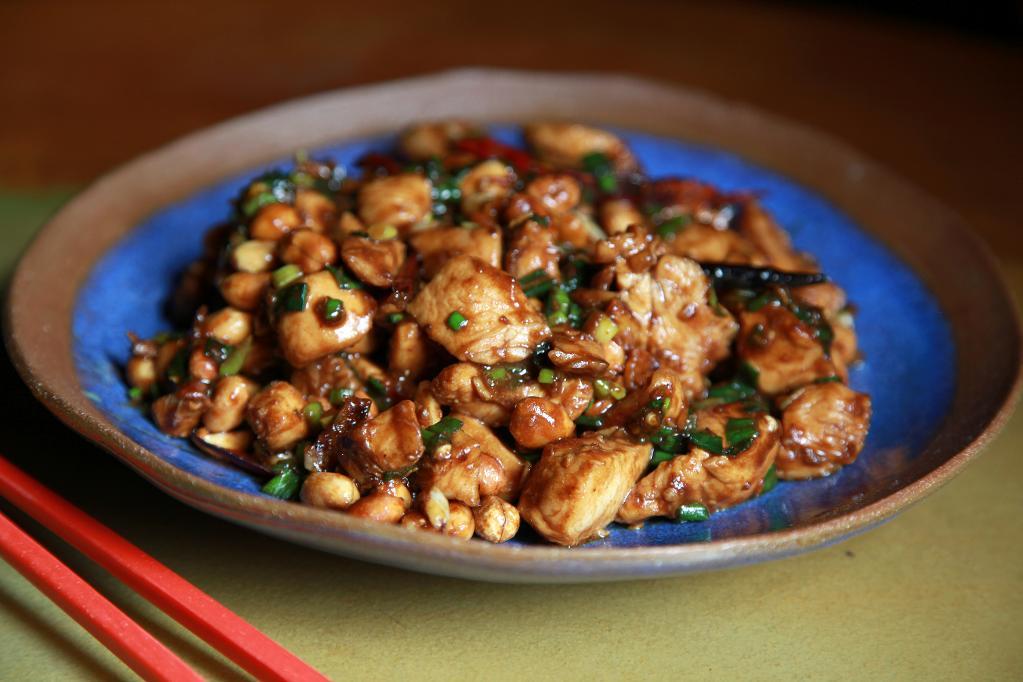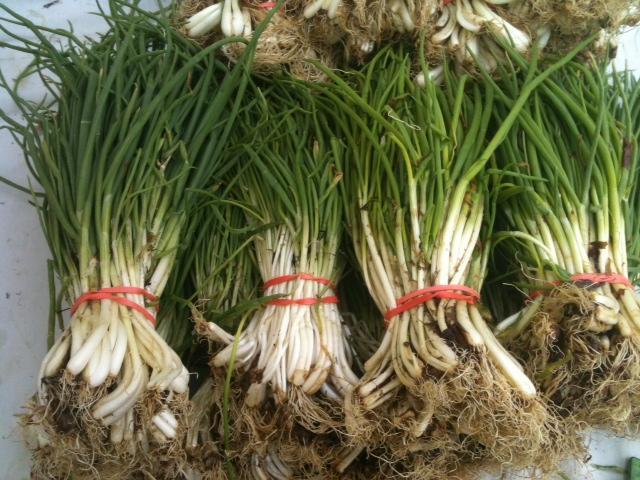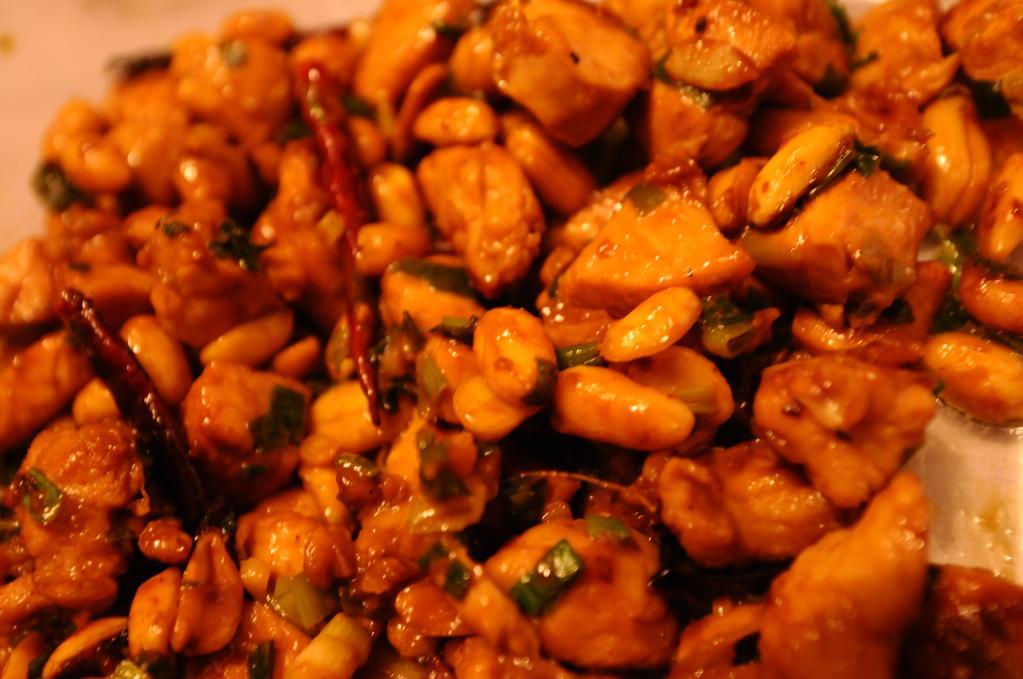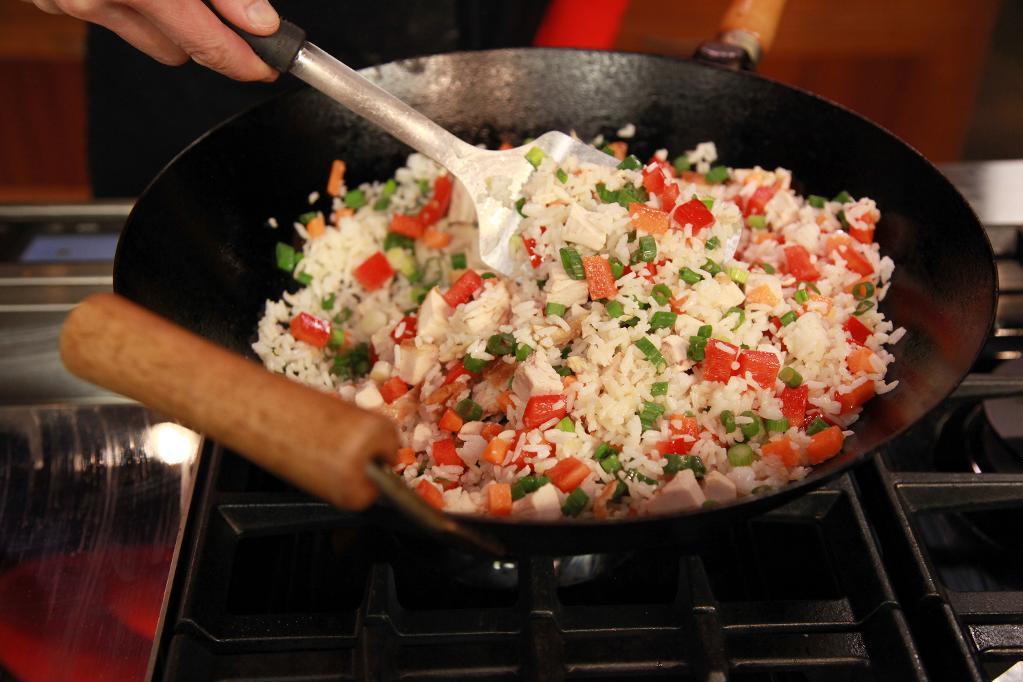When it comes to stir-frying, you’ve got to learn to wok before you run.
While creating stir-fry dishes is a fairly simple cooking method, mastering just a few key tricks can make a huge difference in your final result. Investing in the proper ingredients and kitchen tools, as well as putting forth the time to refine your techniques, can help take your dish from passable to restaurant quality.
Here are tips and tricks for making perfect stir-fry.

Kung Pao chicken via Craftsy instructor Grace Young
Want to learn more about stir-frying? Craftsy course The Art of Stir-Frying will educate you on how to stir-fry like a restaurant chef, with an emphasis on Asian dishes cooked in a wok, including perfect fried rice, vegetable stir-fry, and classic Chinese dishes such as Kung Pao chicken.
Ingredients and equipment

Mixed vegetables in a wok via Craftsy instructor Grace Young
Choose the right pan for the job.
When it comes to pan choices, a wok or a deep sauté pan will work best for stir-frying. Keep in mind that acting all chef-like and flipping the veggies right in the pan is more possible with a wok. Use a pan that gives you plenty of space to work, because you don’t want the pan to become so crowded that things are flying out when you stir them.
Research the material of your pan. If your wok is carbon steel, you’ll want to season it properly. Learning how to season and maintain your wok to ensure it’s always in perfect working order is a vital part of making delicious stir-fry.
Long handled utensils
Long-handled utensils, such as a wok spatula or a long-handled wooden spoon, are best for working with stir-fry dishes while they’re cooking, as they allow you to keep your hands further away from the heat.
What type of oil?
Use oils that have a higher smoke point. This means that the fats in the oil can withstand high heats without breaking down (which leads to a lot of smelly smoke in the kitchen). Oils with a high smoke point include peanut oil, corn oil, safflower oil and rice bran oil.
Note: Roasted sesame oil and extra virgin olive oil are not suggested as the primary oil for a stir-fry because they have lower smoke points. They can be used in sauces or for finishing dishes.
Ingredients
Use a variety of fresh vegetables and meats for stir-fry dishes. The better the quality of your ingredients, the better the final outcome, so when possible, use organic meats and seasonal, fresh vegetables to ensure that you are cooking your ingredients at the peak of their flavor.
Preparation…

Green shallots via Craftsy instructor Grace Young
Prepping your ingredients is of high importance with fast-paced stir-frying.
Cut the ingredients uniformly.
Cut the ingredients into a uniform size. This will ensure that everything cooks evenly, and it doesn’t hurt in terms of making a pretty presentation of your finished dish.
Dry your vegetables.
It’s very important that you dry your ingredients, such as vegetables. If they are still wet or have thawed from the freezer and have the water from melted ice, blot them dry. Not only will this save you from unnecessary spatter, as the saying “oil and water don’t mix” is even more true over high heat, but it will also help the vegetables maintain a crisp texture.
Marinate the meats.

Kung Pao chicken via Craftsy member Nichola1
Marinating meat before stir-frying will ensure that the meat remains tender rather than drying out over the high heat, and helps seal in flavor. It doesn’t have to be hours; a few minutes will do the trick.
Mise en place is important.
Have sauces mixed, and all ingredients in dishes or ramekins, ready to go and within easy reach. Things move fast when you start the heat, so it’s best to be prepared.
Once you’re cooking…

Ginger fried rice via Craftsy instructor Grace Young
Keep your pan very hot.
Typically, stir-frying involves a short cooking time over exceptionally high heat. To test if your pan is ready, flick drops of water into the pan. They should sizzle, dance, and disappear fairly quickly.
Give it some space.
Give your ingredients room to sizzle. According to instructor Grace Young, 1 pound for most meats; 2 cups of vegetables for a meat stir-fry, 4 cups hard vegetables or 8-12 cups leafy vegetables for a veggie-only dish.
Keep things moving.
You want to keep things moving in the hot pan so nothing scorches and the heat is evenly distributed. This is where having a wok has distinct advantages; you can “tumble” the ingredients by lightly lifting and flicking your wrist to keep the ingredients moving.
Follow the recipe.

Exquisite fried rice via Cratsy member Cristina Lopez
Recipes will typically list an order for adding the ingredients. Follow this, because some ingredients take longer to cook and the recipe should reflect this.
Pour sauces down the side of the pan.
Typically, in stir-fry dishes (and several Asian dishes cooked in woks), sauces are added toward the end of the cooking process. Pour the sauce down the side of the pan rather than right in the middle–this will keep the center of the pan very hot and allow the sauce to more gradually add its cooler temperature to the rest of the mix.
Get in the zone.
The process of stir-frying is fairly quick, so once you heat the pan, resist the urge to multitask. When working with quick cook times and high temperatures, timing is of the essence, so you want to be on full alert throughout the cooking process.

Share tips, start a discussion or ask one of our experts or other students a question.
No Responses to “Wok and Roll: How to Make the Perfect Stir-Fry”